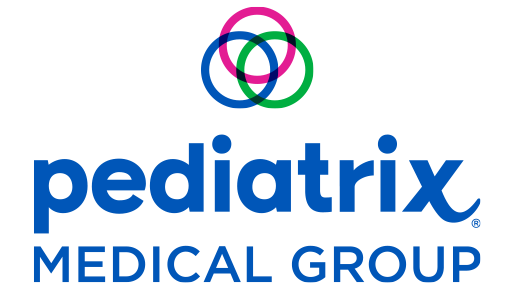Special Interest Group Update
In each issue, one of NANN's special interest groups shares information in their area of focus.
Advanced Practice Special Interest Group Case Study
This edition’s Advanced Practice Special Interest Group (SIG) section is a case study involving a NICU graduate who has returned to the NICU developmental clinic for a follow-up appointment. After reading the scenario and considering the questions, discuss the case in a thread on the MyNANN Advanced Practice SIG forum.
Scenario
MJ is a 9-month-old infant who was born at 34 4/7 weeks gestation; his adjusted age is now 6 months and 21 days. He presents to the developmental clinic for a follow-up evaluation.
His mother is a single, 24-year-old G4 P3 who received prenatal care from a local obstetrician. Maternal prenatal labs were positive for group beta streptococcus (GBS) and negative for all other tested infections.
During his hospitalization, MJ was treated for respiratory distress syndrome (RDS), presumed bacteremia, and hyperbilirubinemia. The infant received brief oxygen support for RDS via continuous positive airway pressure (CPAP) and binasal cannula (BNC). He was weaned to room air by 9 days old. Parenteral nutrition and enteral feedings were provided soon after delivery. His feedings were increased as tolerated, and parenteral nutrition was weaned to discontinuation by 4 days of age. His mother briefly supplied expressed breast milk during the initial days of hospitalization, but by discharge, the infant was receiving only transitional formula. His weight gain in the NICU was appropriate despite gastroesophageal reflux.
On his previous visit to the developmental clinic, it was noted that MJ’s growth was appropriate. However, today his weight measurement indicates a decline in his expected growth velocity. On examination, MJ appears small in stature but is not emaciated. MJ’s weight declined from the 50th percentile to the 10th percentile over 3 months. His length and head circumference measurements plotted appropriately. His Cognitive Adaptive Test/Clinical Linguistic and Auditory Milestone Scale (CAT/CLAMS) and gross motor abilities scores are consistent with his adjusted age of 6 months.
At NICU discharge, a 22 kcal/oz formula was prescribed. MJ’s mother was asked to recount the recipe she used to make the formula and she correctly provided it. However, she stated that MJ’s PO intake consists of only 4-5 6-oz. bottles of formula and 1-2 bottles of water per day. The mother stated that MJ had been examined by his pediatrician within the past month but could not recall the date. MJ’s mother said the pediatrician had not expressed concern regarding his weight.
- Based on MJ’s history and current examination, what is your diagnosis for this infant?
- What other concerns should be addressed during this visit?
- What anticipatory guidance can you provide to the mother?
Join the discussion on the MyNANN Advanced Practice SIG forum.


